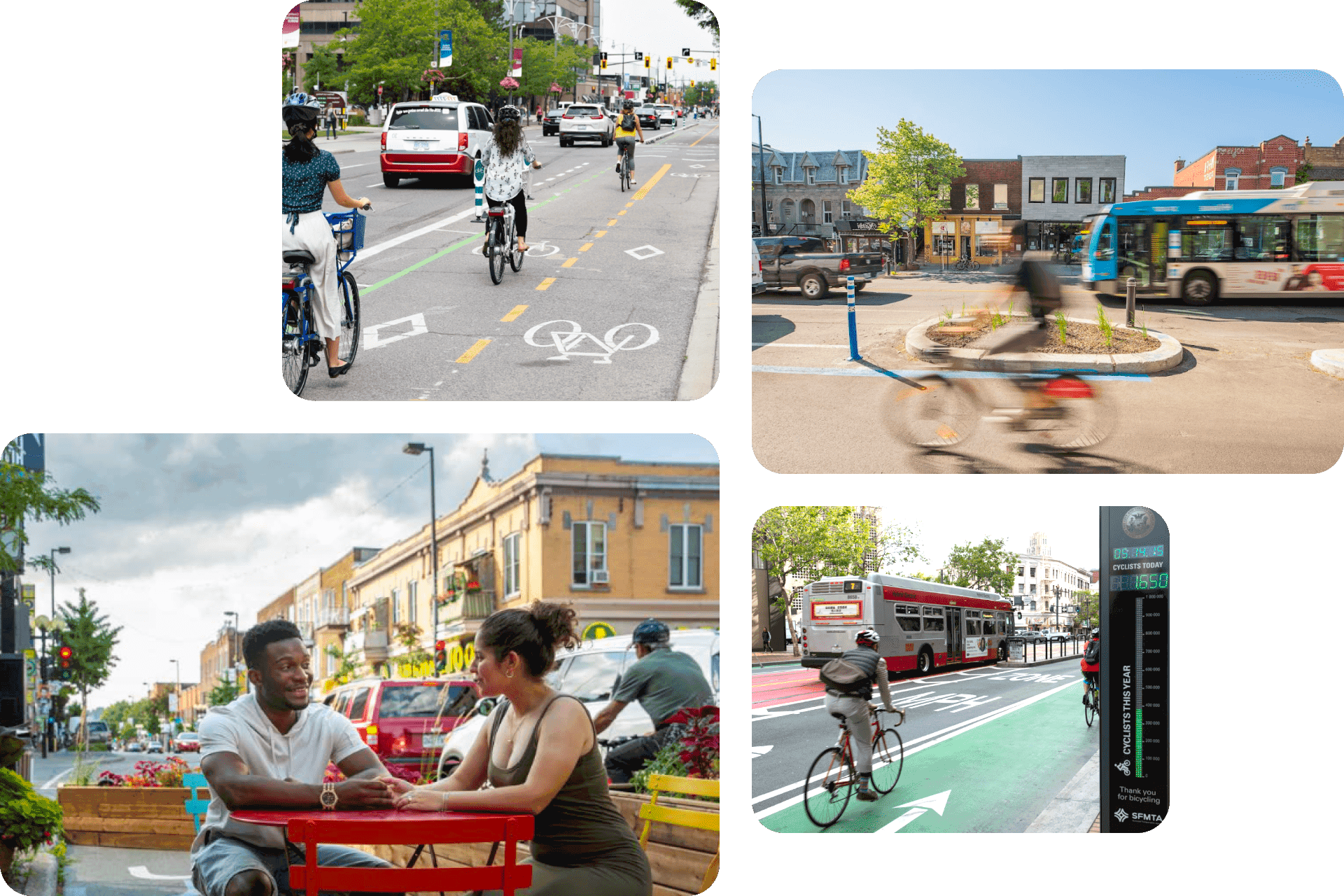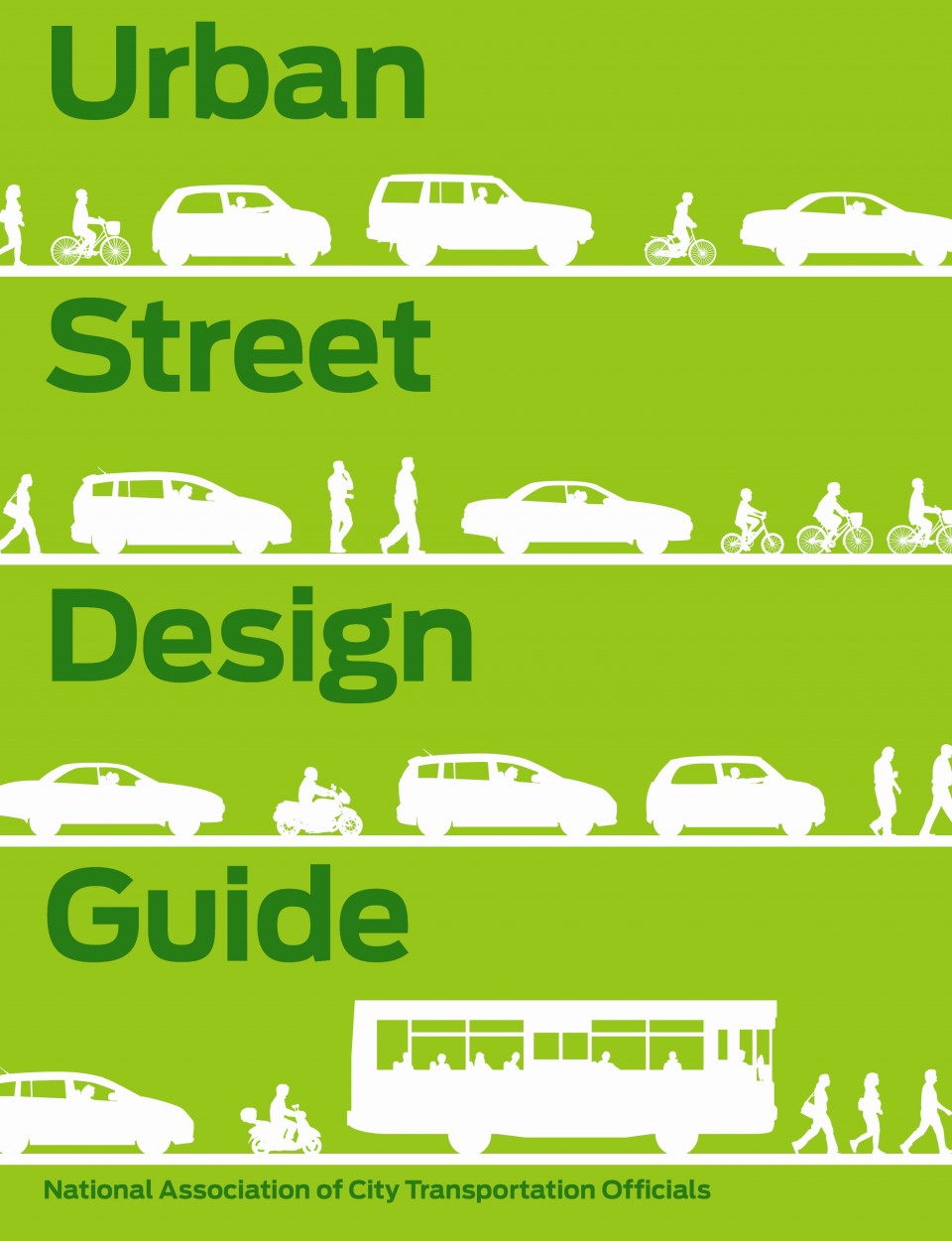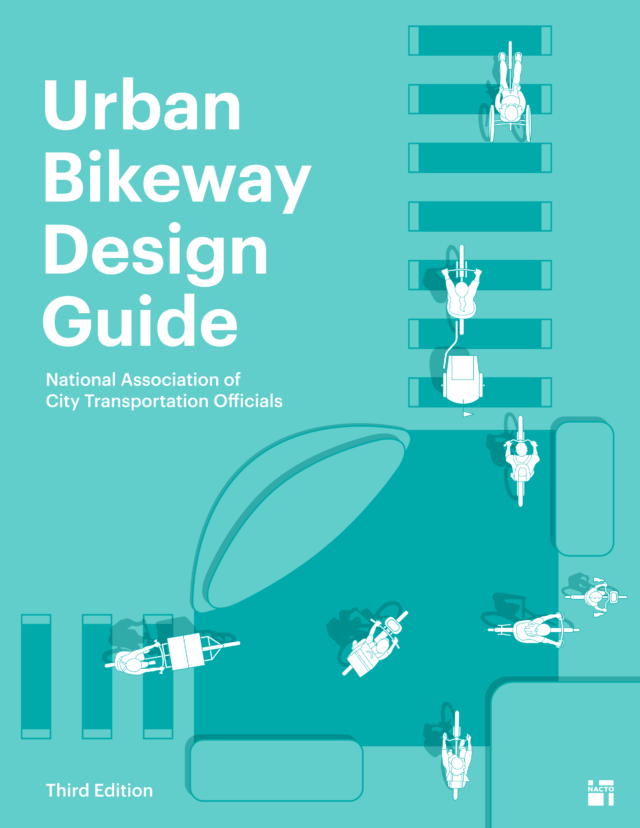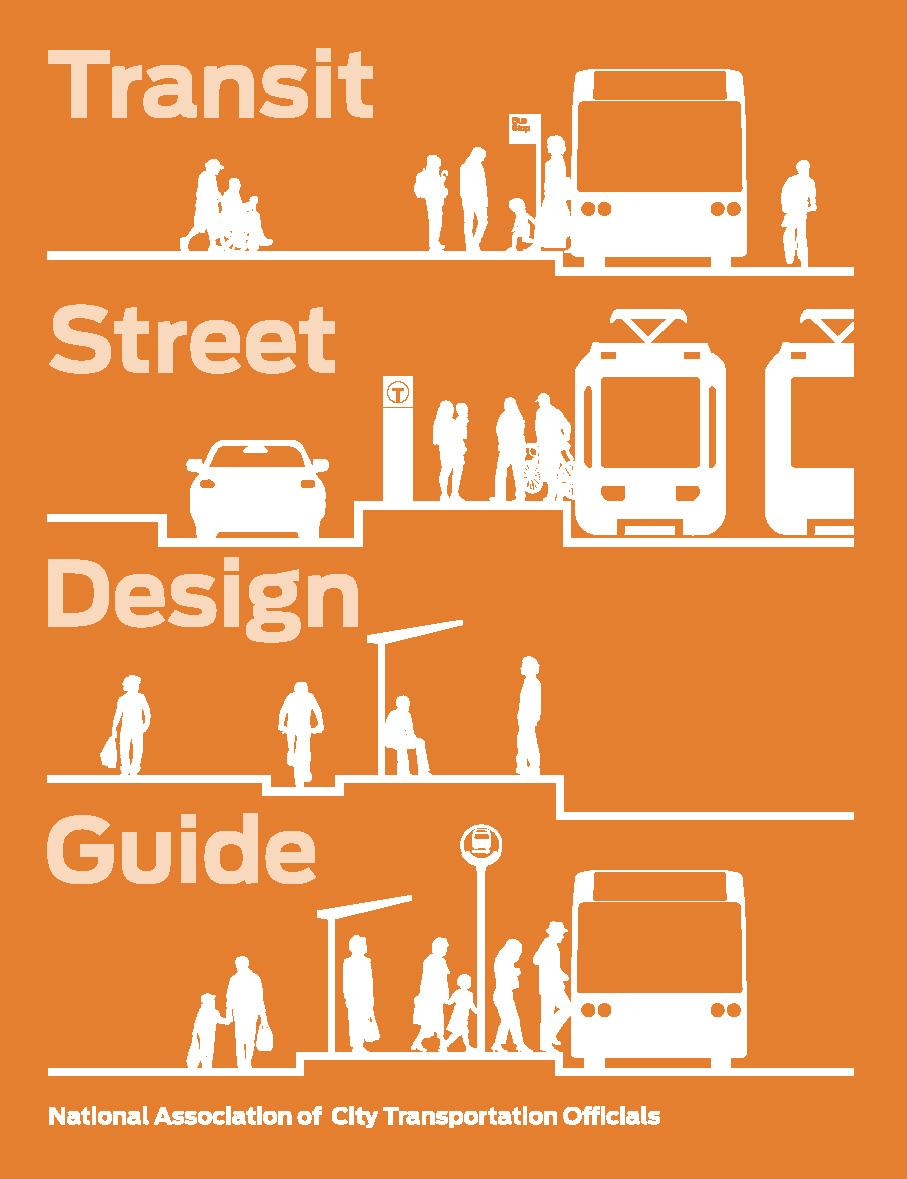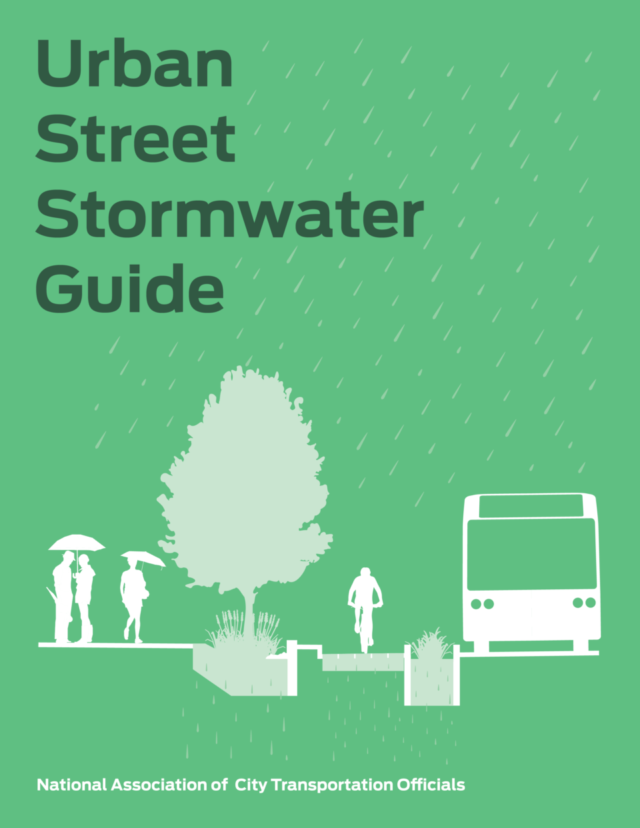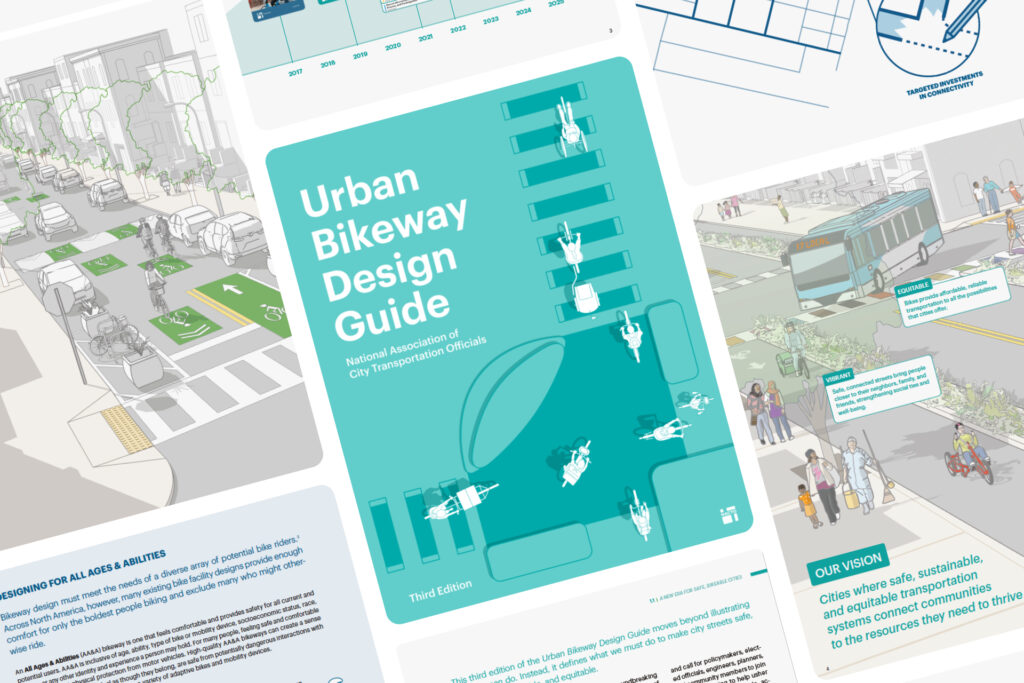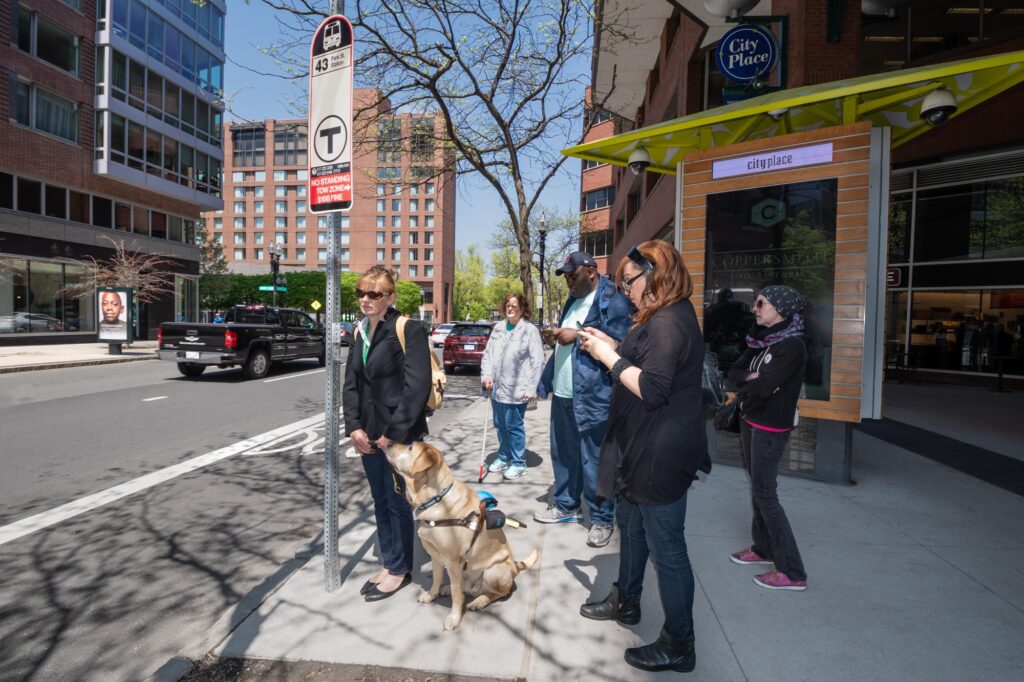City streets don’t just move people–they provide vital opportunities for connection, economic opportunity, joy, and exploration.
Children play. Older adults wait for the bus. Packages are delivered. Groups of teenagers walk to the local boba tea shop after school. Local restaurants feed neighbors at outdoor tables. People ride bikes to buy groceries. Ambulances bring others to urgent care. Designing streets for all needs is an integral part of managing an urban transportation network and key to providing access to all the opportunities in cities.
In both scale and opportunity, streets are our greatest public space. When designed to support safe travel and interactions, they open up a city. NACTO and our members approach urban transportation holistically, prioritizing safety, access, sustainability, and equity. We champion a Complete Streets approach in funding, planning, designing, operating, and maintaining urban streets to support people of all ages, abilities, and identities, no matter how they’re traveling. From publishing city-appropriate design guidance to incorporating city experience into national design standards, NACTO is helping cities raise the bar for their streets–making them better places to be.
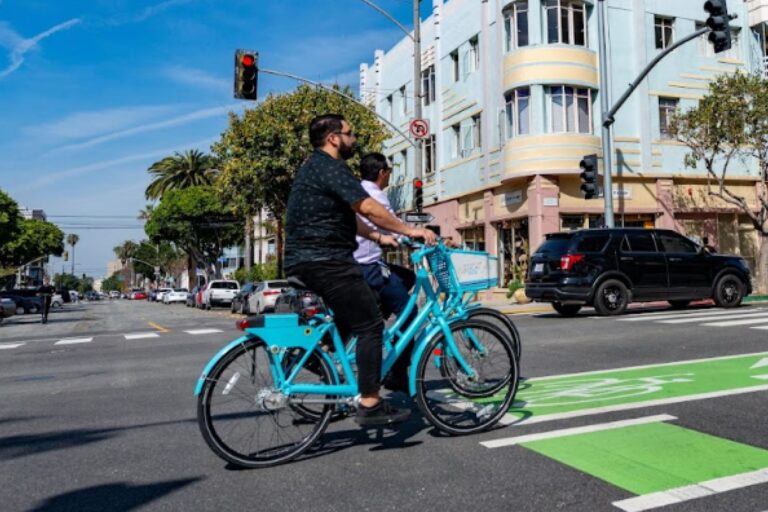
NACTO Design Guidance
NACTO’s evidence-based design guides are used by cities across North America to build safe, multimodal urban streets.
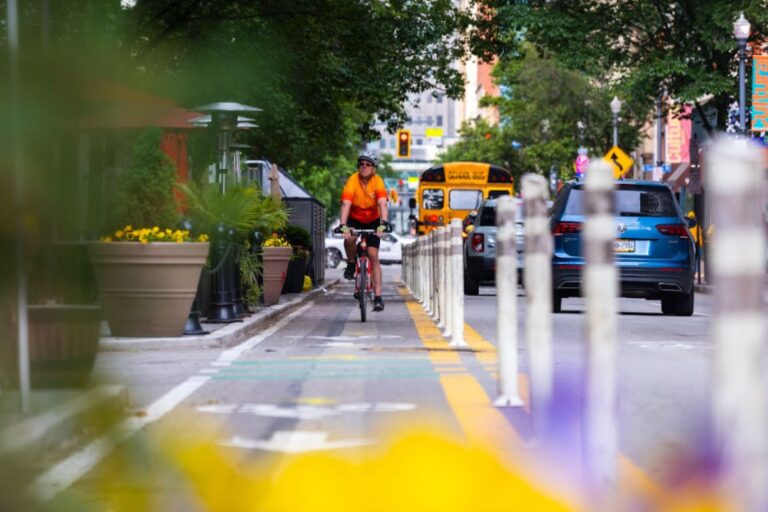
MUTCD and National Design Standards
NACTO works to integrate city design principles into national standards and guidance documents.
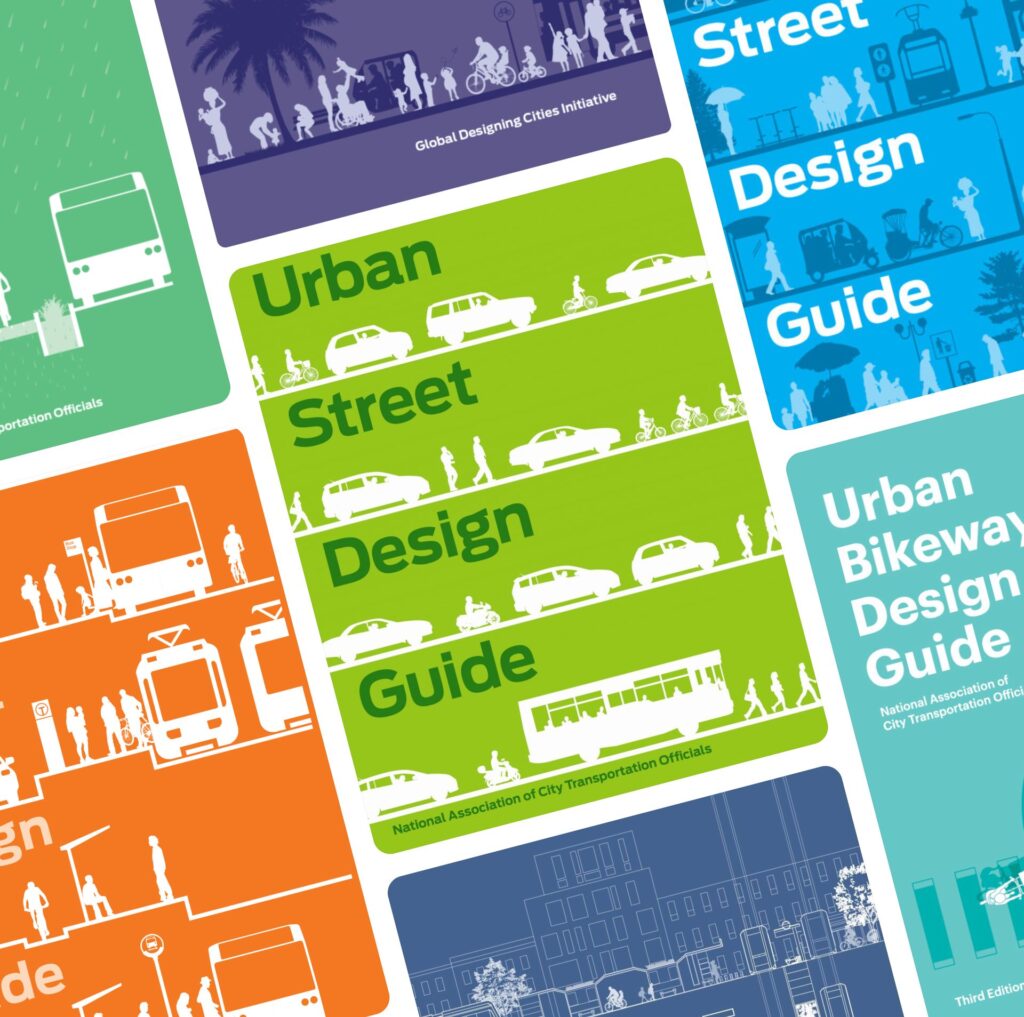
Featured
NACTO’s Design Guides
See all of NACTO’s design guides, which represent actionable best practices for safe, multimodal urban streets.
Photo Credits: Transit and separated bike lane via City of Montreal, bike counter via Jeremy Menzies
